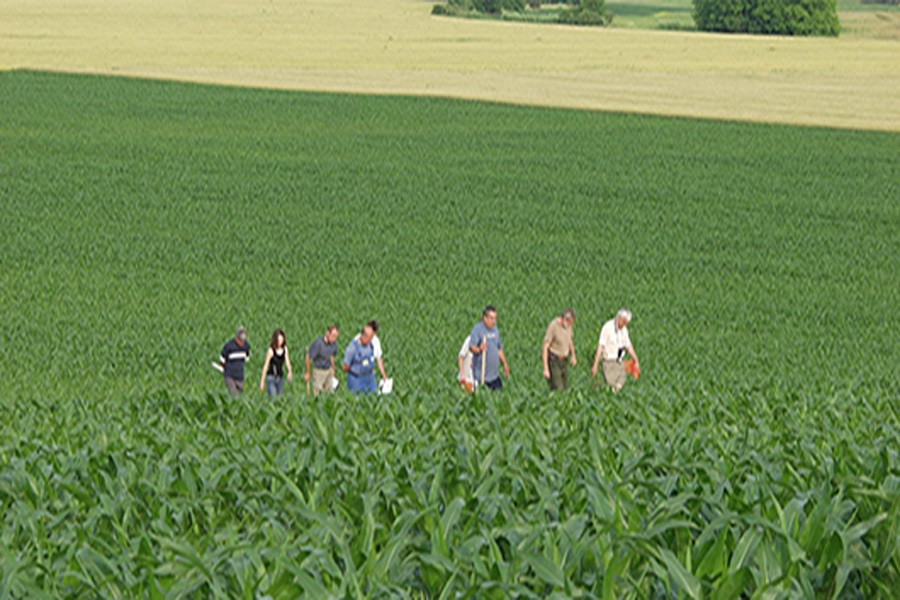The UN Food and Agriculture Organisation (FAO) has forecast a third successive season of little or negative food production growth, mainly rice. Barring major setbacks, according to the latest Food Outlook report published by the FAO, production recoveries could instead permit Bangladesh and Sri Lanka to slightly lower their 2018 imports to 1.1 million and 450,000 tonnes, respectively. Among other rice importers, Bangladesh, Iraq, Nigeria and the Philippines are all similarly predicted to replenish their inventories. These gains are, however, likely to be offset by stock reductions in the Republic of Korea, Madagascar, Sri Lanka and the United Republic of Tanzania, all linked to output shortfalls.
More affordable foodstuffs are expected to displace rice in most other countries, especially in Bangladesh, China (mainland) and Vietnam although use of rice as animal feed is being sustained by the release of supplies from government granaries in Japan, the Republic of Korea and Thailand. Since the previous Food Outlook report, a series of unfavourable climate-related events have affected main paddy crops in the Northern Hemisphere, which have now reached the harvesting stage. This has been the case in Asia, where, unlike 2016, the critical Northern Hemisphere summer months were characterised by mixed growing conditions that inhibited planting expansions. As a result, FAO's latest forecast of world rice production in 2017 points to a broadly stable output level of 500.8 million tonnes.
Production in Asia is now forecast to fall 550,000 tonnes below the 2016 bumper harvest to 452.5 million tonnes. Driven by increased international demand for most foodstuffs, as well as higher freight charges, the UN agriculture agency has said the cost of importing food is rising in 2017. The latest Food Outlook has expressed concern about economic and social impact of this trend on poor countries including Bangladesh. The cost of importing food is forecast to rise six per cent in 2017 to US $1.413 trillion, making it the second highest bill on record while food commodity prices have been generally stable. Although weather disruptions are set to stall production growth this season, global rice supplies are still forecast to exceed utilisation, enabling a small expansion of world rice inventories. Now the price of rice in the internal market of Bangladesh is already on the rise.
After staging an 8 per cent recovery in 2017, the global trade is expected to rise only modestly in 2018. The food import bills are set to increase by double-digit rates for least-developed countries (LDCs) like Bangladesh and low-income food-deficit countries. Aromatic rice varieties have risen eight times faster than the FAO All Rice Index, which is up four per cent on the year. The higher import costs, however, come at a time when inventories are robust, harvest forecasts are strong and food commodity markets remain well supplied. The export of tropical fruits is promising for poverty relief and rural development as almost all production takes place in developing countries like Bangladesh. As per the Food Outlook report, the export volumes of mango, pineapple, avocado and papayas are on course to achieve a total combined value of US $10 billion this year.
The writer is a retired Professor of Economics, BCS General Education Cadre.


